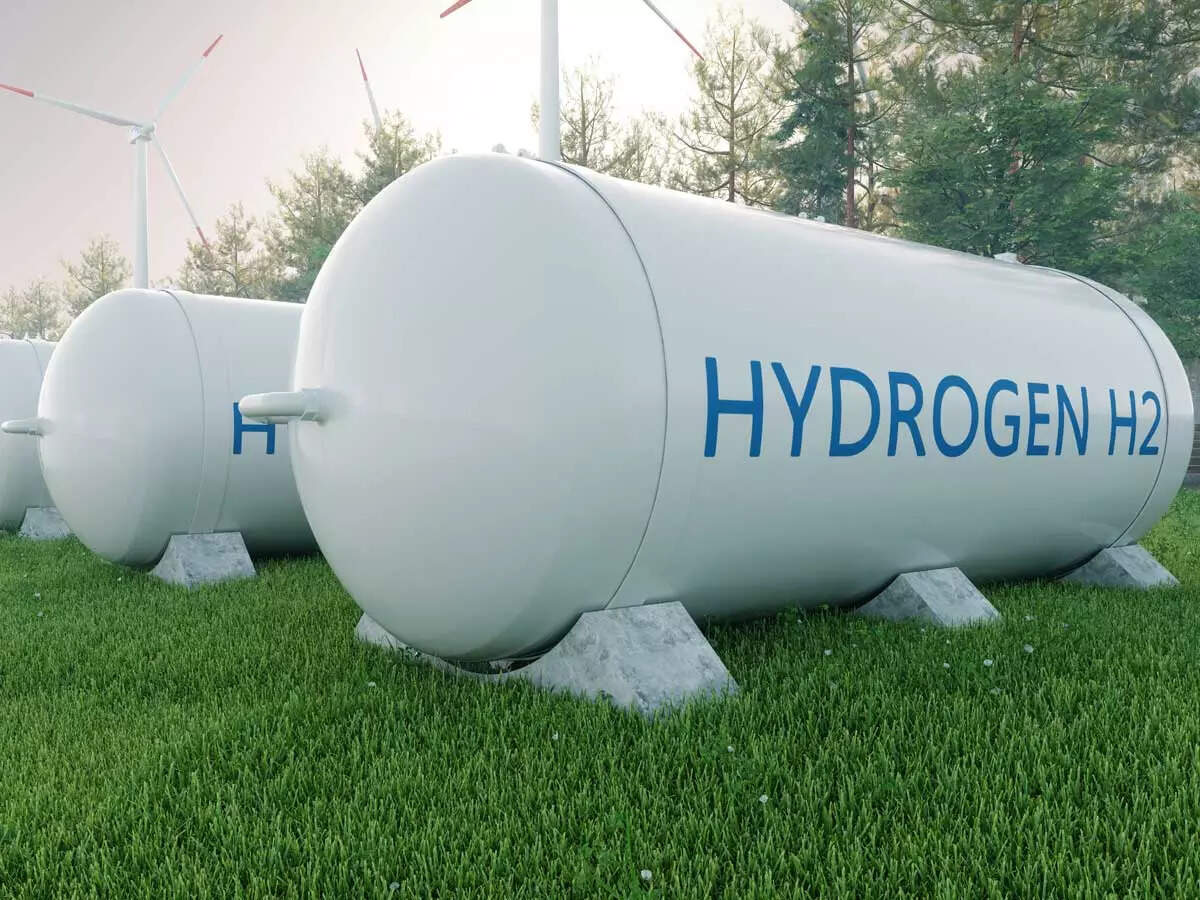
What is the Green Hydrogen Standard?
In August 2023, MNRE issued the Green Hydrogen Standard for India. Simply put, these standards have defined what encompasses ‘green’ in green hydrogen.
It notified:
- The amount of carbon emissions that are allowed in the process of producing green hydrogen from renewable sources. This covers both electrolysis- and biomass-based pathways.
- It has defined green hydrogen as having a well-to-gate emission – including water treatment, electrolysis, gas purification, drying and compression of hydrogen – of not more than 2 kg CO2 equivalent per kg of hydrogen produced.
Why does it matter?
According to industry experts we spoke to, it is being seen as a crucial step in eliminating any ambiguity regarding the criteria for classifying green hydrogen and bringing clarity of the acceptable footprint of the hydrogen projects.
“It is a crucial step in eliminating any ambiguity regarding the criteria for classifying green hydrogen. By being among the pioneers in defining a standard for green hydrogen, India has significantly solidified its stature as a preeminent global frontrunner in this domain,” said Vineet Mittal, chairman, Avaada Group.
India has a target of producing five million metric tonnes of green hydrogen per annum with an associated renewable energy capacity of about 125 GW by 2030 under the National Green Hydrogen Mission.
Calling it a welcome step to bring clarity of the acceptable footprint of the hydrogen projects over its lifecycle estimated at design stage or operation stage, Anirban Chatterjee, head – business development, sales, and marketing, DNV, said that this would align Indian project developers to meet the green hydrogen and other EU standards requirements.
“It will also enable access to the benefit of the PLI scheme of the government as per National Green Hydrogen Mission. The standard definition of green hydrogen in the Indian context will also help the certification and verification scheme expected to be launched by MNRE soon,” he said.
What will it change?
He said that these standards would help in creating a conducive environment to position India as a leader in green hydrogen exports.
“This strategic move not only grants us a first-mover advantage but also positions India as the preferred export partner for nations seeking to embrace this transformative energy revolution,” said Mittal.
He added that aligned with the global imperative of decarbonisation, India’s standard resonates with international benchmarks. “This lucidity provides a clear path for businesses, fostering certainty and unleashing untapped potential,” said Mittal.
Chatterjee said that India’s ambitious Energy Transition Plan by 2030 requires a multi-prong approach.
“This would include incentivising industry, creating demand, infrastructure growth, and production of clean energy in order to move to a hydrogen-based economy and becoming a global hub for production and export,” he said.
He added that this would enable further policy development on the clean energy transition for sectors such as steel, aluminium, cement, oil and gas, maritime industry, and reduce dependency on coal and other fossil fuels.

